Flexi acoustic panel with adjustable wooden slats
194 € – 287 € +Vat
Dimensions: 120x60x18cm 22kg, 104x60x18cm 20kg.
Shop with Confidence: 14-Day Money-Back Guarantee!
In the case of a country outside the European Union, the buyer has to pay the customs charges on the parcels. The process and customs clearance is handled automatically by DHL Courier.
On weekdays between 07:00 and 15:10.
info@perfectacoustic.co.uk
- Free delivery to EU countries for orders over 200 € ! Free delivery to countries outside the EU for orders over 400 € !
- The production time for panels and carpets is 1 week, curtains 2 weeks.
Description
You can order a “Free” Online Acoustic Measurement here!
Measurement is 16 EUR without tax- but if you buy, we will deduct it from the amount of the product! So you will definitely order what you need!
Countries within the EU: Our customers with an EU corporate tax number can buy tax/VAT-free!
Citizens of countries outside the EU that can buy without VAT: United Kingdom, Norway, Switzerland, Lichtenstein, San Marino have to pay customs duties according to their own country’s tariffs when receiving the product.
Flexi acoustic diffuser
We can produce custom sizes as well.
The Flexi Diffuser
Dimensions:
120x60x18cm
104x60x18cm
Colors:
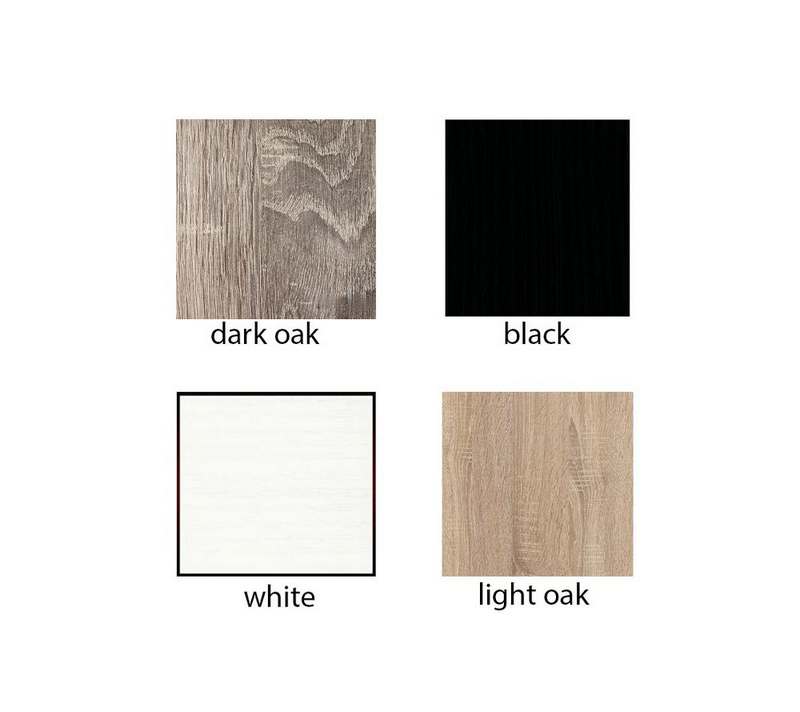
black
white
dark oak
light oak
Product details:
⦁ Adjustable diffuser lamella and sound absorber – in one.
⦁ Eliminates the rattling echoes and the standing waves.
⦁ Allows to set up the angles of the diffuser lamellas.
⦁ It is ideal for recording studios, hi-fi and media rooms, and home theatres.
What is Flexi Diffuser?
The Flexi Acoustic Diffuser is an innovative acoustic device that combines sound diffusion with sound absorption, by simultaneous regulation of high-frequency echo and reflections.
The diffuser-absorber, the size of which is usually 120x60x20cm, has 6 variable diffuser lamellas. By rotating these hardwood lamellas to various angles, they are suitable for diffusion of high and low frequencies which results in a desirable energy spread, corresponding thereby the most to the room.
Behind the lamellas, there is a high-density sound absorbing, 6 cm thick panel which absorbs the directed energy efficiency up to 300Hz while it creates resonance among the lamellas.
What material are they made of?
It is surrounded by hard and heavy blockboards for its high capacity.
The built-in sound absorbing panel contains also high-density acoustic wool built in a 2cm thick wooden frame which targets directly the critical low and middle range with its thickness of 5 cm and density of 90kg/m3.
Quick positioning:
It is advisable to position the Flexi Diffuser behind the listening position (1-2-3 pieces) the way it covers the width of the workspace.
After fitting them into their place we can experience the increase and clarity of the airiness and spaciousness in the room while they absorb the stronger reflections, standing waves, and rattling echoes.
This is why the production of high-quality sound is particularly applicable in places such as listening rooms, more sophisticated home hi-fi or video rooms, and studios where the closest reflection points entangle the sound in an extremely alarming way.
The Flexi Acoustic Diffuser can increase the sense of spaciousness and airiness also in small rooms by diffusing the sound energy in the room.
Science and operation:
⦁ Too noisy and over dampened rooms
⦁ Diffusing – opening and diffusing high-frequency energy
⦁ Absorption – regulating and absorption of sound and resonance
⦁ Combined approach – control of directed frequencies
The concept behind Flexi Diffuser offers an affordable way of controlling high-frequency energy. The high-end diffusers are extremely expensive up to 1000 EURO therefore they can be found usually only in high-end rooms. By combining a simple diffuser with a sound-absorbing panel the Flexi Diffuser has excellent performance. On the next page, you can see how that can be achieved.
Live-end, dead-end room designs
The question is very simple: why diffuse energy first of all? Why isn’t it easier to absorb the entire audio spectrum? Well, we should go back to the dark ages of recordings (around 1960) when many studios were treated only with sound-absorbing materials thus the rooms became flat and dull. The engineers soon recognized that listening in an artificial environment results in recordings that do not exist in the “real world”.
Around the ‘70s a new studio-design concept came into existence that treated half of the room with absorption panels (dead ends) while the other half is completely untreated (live end). This plan can be called a “dead end with live end” room design. It is intended to enable the sound engineer to take critical decisions such as special positioning with the elimination of the echo while enabling the sound to show its real energy at the other end of the room. Although the sound became better than it was before, the problems continued to exist.
In the ‘80s diffusers started spreading and finding their places in the studios to eliminate rattling echoes and the problems caused by strong primary reflection. This concept has developed throughout the years, where in most rooms the extent of sound absorption is higher at the source end of the room while the receptive end remains relatively alive with the help of natural and artificial diffusers.

Diffusion – high-frequency energy
There are many different types of diffusers in appearance and design and they have many common features: They have some irregular patterns that are designed to reflect the directed sound broken down and to diffuse its energy in the different parts of the room.
Certain diffusers such as the razor blade are formed to break down each frequency evenly through a carefully designed phase trap. These can be hardly loaded and they are very expensive. There are products such as the grid diffuser, which uses a grating that randomly allocates the sound arriving at random angles in the room. These can be built easier and they are not so effective but much more affordable.
The lamellas of the Flexi Diffuser are standing side by side. It uses lamellas with variable inclination angles which can be rotated to divert the sound from the listening position. This increases the sense of spaciousness and airiness in the room. This special design is an extremely great solution as it can optimize the sound scattering and the direction of the reflection according to the seating position.
Sound absorption and diffusion: checking sound energy and resonance
The Flexi Acoustic Diffuser differs from the other products in that it combines sound diffusion with sound absorption. You can think of it as a two-way loudspeaker where the loudspeaker generates the high and the subwoofer generates the low frequencies. In this case, the low frequencies dissipate among the lamellas with variable inclination angles and the low frequencies are absorbed by the absorbing panel behind them.
The built-in sound absorbing panel alone is a specially developed 5cm thick acoustic wool. As it pushes away the low frequencies in the opposite direction to the air gap, the sounds widen by a further half an octave. That means that it will be 80% more efficient below 250 Hz, thus it remains far below the change of direction zone (100 Hz). Any kind of low frequency that gets over the lamellas will be absorbed and any sound that gets into the sound trap behind the lamellas – which may cause resonance – will also cease.
Combined approach: control and diversion of directed frequencies
As we have already mentioned acoustic experts usually agree that sound waves below 200Hz tend to radiate in a spherical shape. The task of the acoustic diffuser is diffusing energy and absorbing a part of it (specific for the material). As the high frequencies contain less energy than the low ones, they are much more treatable – controllable. Therefore, the treatment of high frequencies above 1000 Hz is not a difficult task. The greater challenge is the case of lower frequencies. The calculation and use of the simple quarter wavelength require a device of 8″ depth for the diffusion of 400 Hz.
It is important to know that without a high-density weight the sound will pass over smoothly. For example, a plastic bag does not contain sound even if it may contain air. Therefore, the Flexi Diffuser is made of heavy and high-density wood: when the sound hits the lamellas most of it will be reflected into the room.
Details and specifications:
The Flexi Diffuser is a combined acoustic diffuser and sound absorbing panel which helps to eliminate the standing waves and the rattling echo without over dampening the room.
The innovative design starts with six vanes adjustable to different directions, which can be rotated or positioned in such a way that they remove the sound energy from the primary listening position. Behind the lamellas, there is a high-density 5cm thick acoustic wool of 90kg/m3. It provides double use by eliminating the harmful resonance while absorbing the undesired lower frequencies. With this acoustic panel, the space expands as it eliminates the long reverberation time provided by the bass thus hearing the high frequencies clearer.
You can easily clean the external wooden frame, it is made of hardwood in 5 different colors. You can buy and transport the Flexi Diffuser assembled, avoiding the trouble of home assembly.
How to use:
We deliver the Flexi Diffuser assembled in a dedicated box. Most people need around 5 minutes to mount it on the wall. You can easily hang it with the added hooks.
You can place the Flexi Diffuser anywhere in the room to dissipate the sound energy efficiently. You do not have to drill it or fix it because its robust size prevents it from falling. You can use it even if it stands on the ground.
Ways of placement
The determining factors of the positioning within the room depend on the layout of the room and the desired sound. The big advantage of the acoustic diffuser is its adjustability. This way it can create a duller sound absorbing area from the diffuse (scattered) sound environment or contrary a more vivid sound from a dull sounding area.
The Flexi Acoustic Diffuser is usually equipped with six or more units of inlet ports (or more for specific size) to protect the width of the listening area or the workspace. You can pile up the panel in a way that covers a whole wall to better control the answer of the room between the sound diffusion and sound absorption.
FAQ:
Application – Rear wall positioning
Acoustic diffusers are usually placed in the rear part of the room where the direct sounds arriving from the monitor loudspeakers may cause problems by creating strong reflections and phase delays. To achieve the best result most designers assemble several Flexi Diffusers which cover the whole workspace behind the listening position. These are usually in the center of the ear level or somewhat higher to maximize the “width” of the auditory space. Therefore, the center of the c diffusers must always be at ear level if you are sitting.
Application – Corner positioning
In smaller rooms, the Flexi Diffuser may add a sense of spaciousness and airiness by diffusing sound energy. The lamellas with variable directions allow for to removal of sound energy from the primary listening position and to use of the natural borders of the room by diffusing high-frequency energy. The inner acoustic panel also helps to absorb low frequencies – this is a general problem in every small room.
Application – Varying acoustics
The optimization of the acoustics of a room with measuring instruments alone does not always make it possible to be ideal for a listener. The acoustic musical instruments such as the violin, cello, acoustic guitar, and piano demand a livelier space while the electronic guitars and drums output more energy. Therefore, sometimes different room absorption must be set. The Flexi Acoustic Diffuser makes the change of studio acoustics simple as it simply rotates the wooden lamellas of the acoustic diffuser in the opposite direction compared to the sound reflections.
How do I set the exact direction of the slats?
The simplest way is to sit in the listening position and hear the different reference music while your friend rotates the lamellas slowly. You must only set the angles where the sound is less blurred and airier. This usually happens like it diverts the sound from where you are sitting. After choosing the desired position mark the position of the lamellas with a pencil or marker to remember them.
Is there a specific angle that functions the best?
Not really. Although its rotation to the perpendicular position is the worst position as the sound is simply reflected from the hard surface. The use of imaginary vectors or a mirror often helps to determine the ideal positioning in the room.
Is it as good as other products?
Yes and no. Remember that there is no acoustically perfect room, and the human brain and ears compensate for the anomalies of a room very effectively. After finding the convenient setting you will get to know your room in practice and thus you will know what it produces.
In a studio, can it be hung on the wall?
Yes, of course, why not? We did not design it specifically for such use but its structure holds it easily. It is heavy therefore if you decide to use it that way you must ensure appropriate security.
Can it be used instead of the side acoustic absorber?
Yes, of course. If you have a particularly sophisticated audio room (with many reflections) and you want to add the ancillary treatment the Flexi Acoustic Diffuser would be a great choice as it will keep the room airier while it will absorb the sound from even 40Hz.
I noticed that we rarely talk about the problems of high frequencies. Why?
We can control high frequencies much easier than low frequencies. That is why we usually talk about the high volume of low frequencies in a room. Besides diffusion, every acoustic panel handles the control of high frequencies therefore we usually do not mention it.
Can it be used instead of a bass trap?
It depends on what is the problem with the bass. The Flexi Diffuser absorbs the bass efficiently from 40Hz but it will not be as efficient as a bass trap. If we experience a too big reverberation we should combine it with the corner units or our bass trap.
Can I mount the on the wall in a way that there is a small gap between the wall and the diffuser?
Yes. There are no exact rules in acoustics. Generally speaking, the closer it is to the surface of the wall the fewer low frequencies it will be able to absorb. As it moves further from the wall it will be able to absorb more low frequencies while the sound diffusion increases. Thus, it operates as a magnifying glass.
Where to put it in a home theater?
The best place would be probably in the “reflection point” or on the walls where the strong direct sounds are the most noticeable. So, if you have a loudspeaker that is close to a certain wall and the wall causes reflection you should use the Flexi Diffuser there.
What is a natural diffuser?
There may be many kinds of natural diffusers such as bookshelves or rooms with odd lengths and widths. They are hard surfaces that may turn over and diffuse the sound energy that is hitting them.
Is it a good idea to place the absorbers among the diffusers?
Yes, why not? Remember that there are no rules cast in stone in acoustic treatment. If we create a relatively neutral working environment that allows us to enjoy our records in other rooms as well. Some people enjoy the record in a relatively untreated room while others prefer the sounding of a duller and calmer or a more intensively treated room. The perfect setting of a room usually requires several months of work and you will hear only thereafter how it will function. This is normal for every room but after that, most engineers like to work always in the same room.
Our diffusers are made of real wood, due to the natural properties and structure of the wood material (knots, lumps, staining due to leaking resin), the pickling/painting will not be even, and the shades may be different on the entire surface of the diffuser, therefore we cannot accept complaints regarding this.
(The beauty and style of natural wood lie in the fact that due to the veining and the structure, special colors and shades can be achieved during painting/pickling.) SzG
Additional information
| Weight | 20 kg |
|---|---|
| Size | 104x60x18cm, 120x60x18cm |
| Color | black, dark oak, light oak, white |
1 review for Flexi acoustic panel with adjustable wooden slats
Questions and answers of the customers
There are no questions yet. Be the first to ask a question about this product.

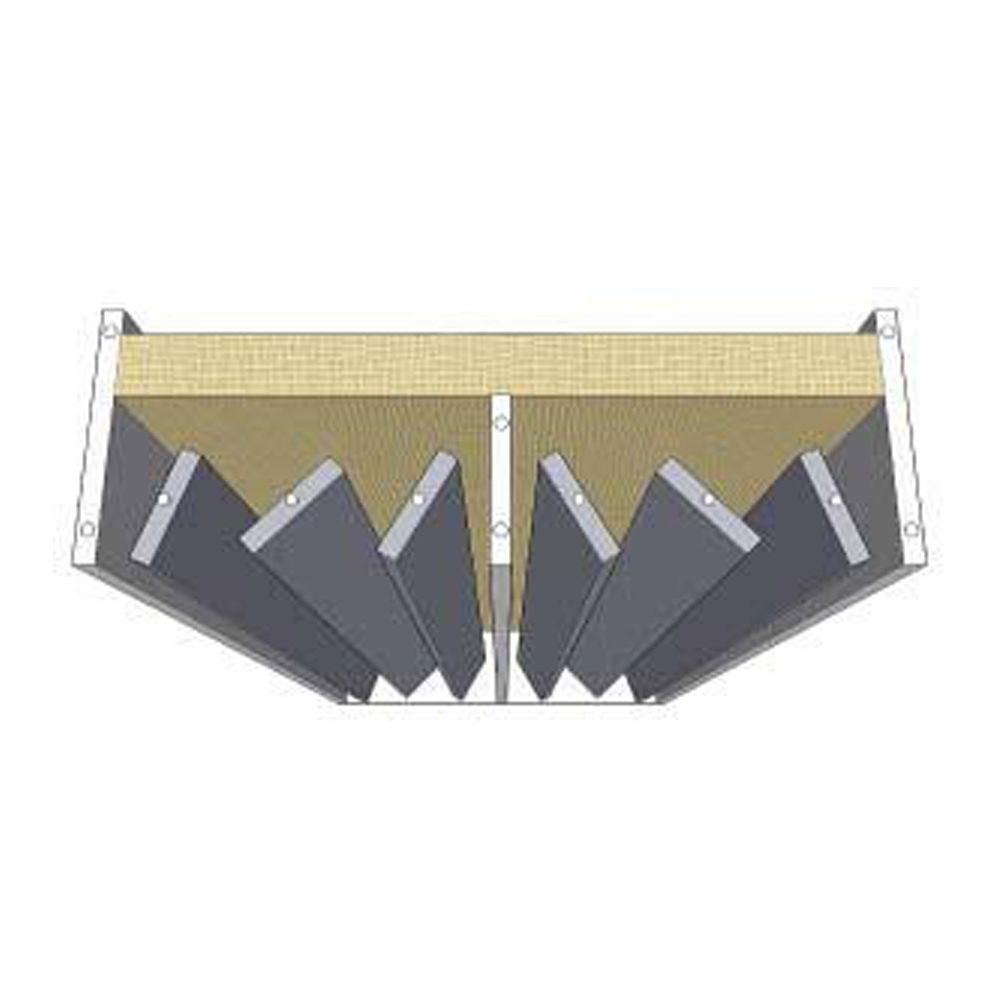
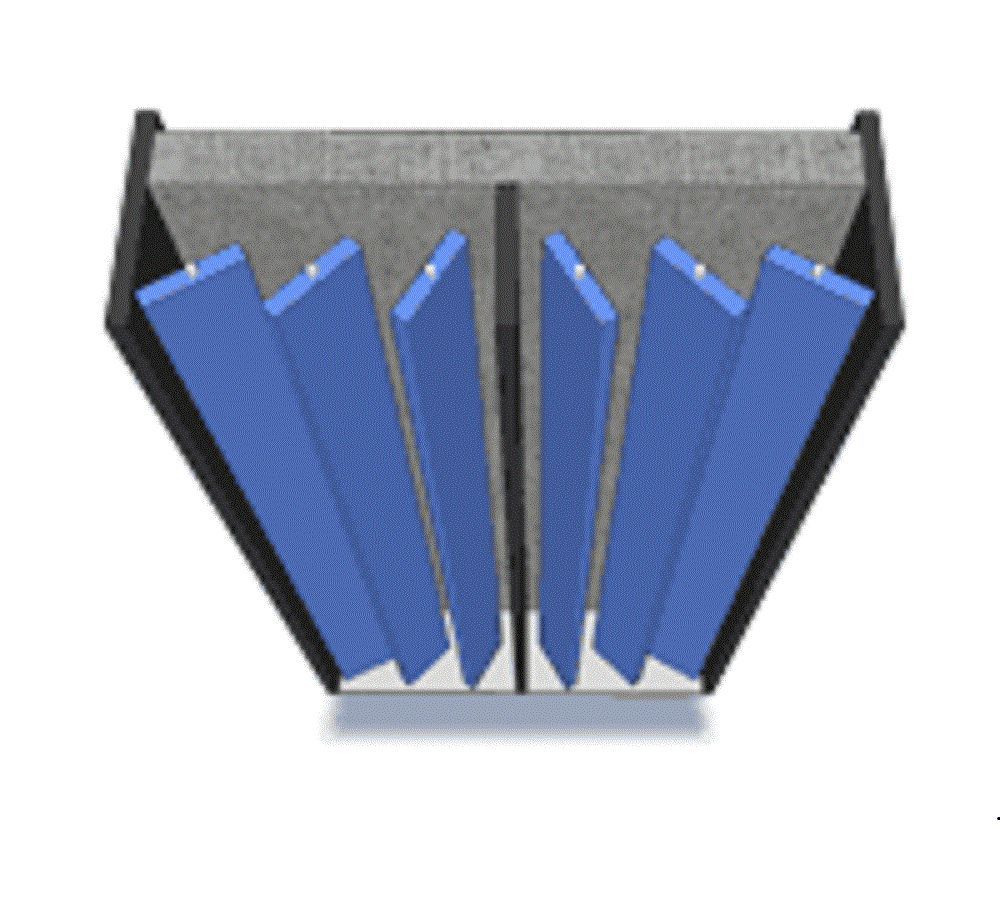
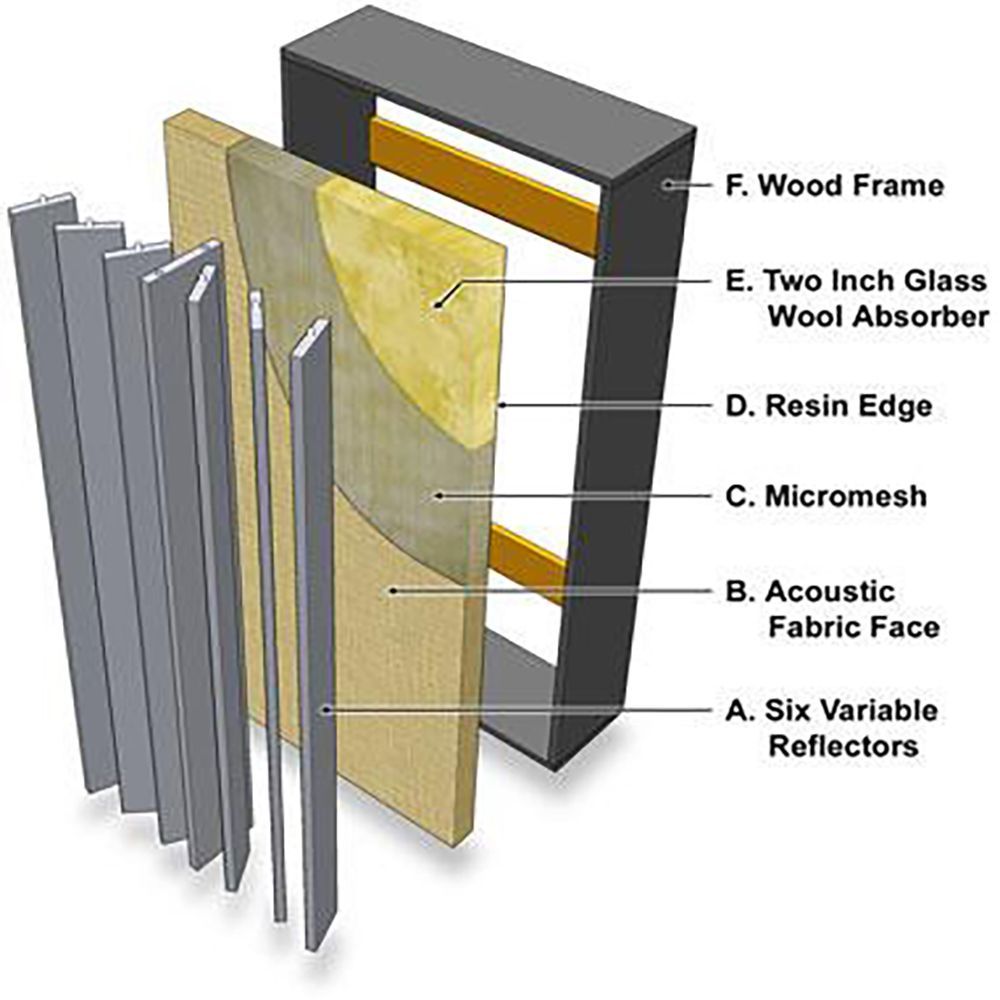
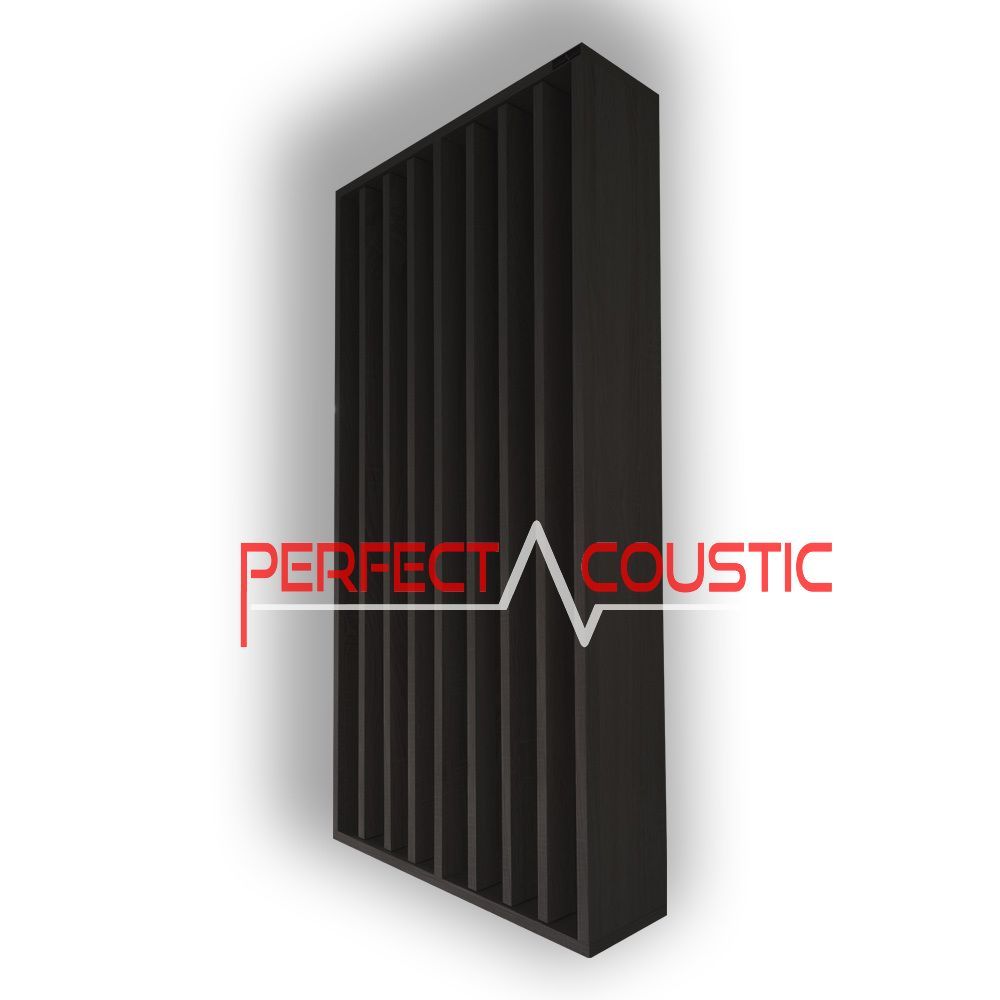
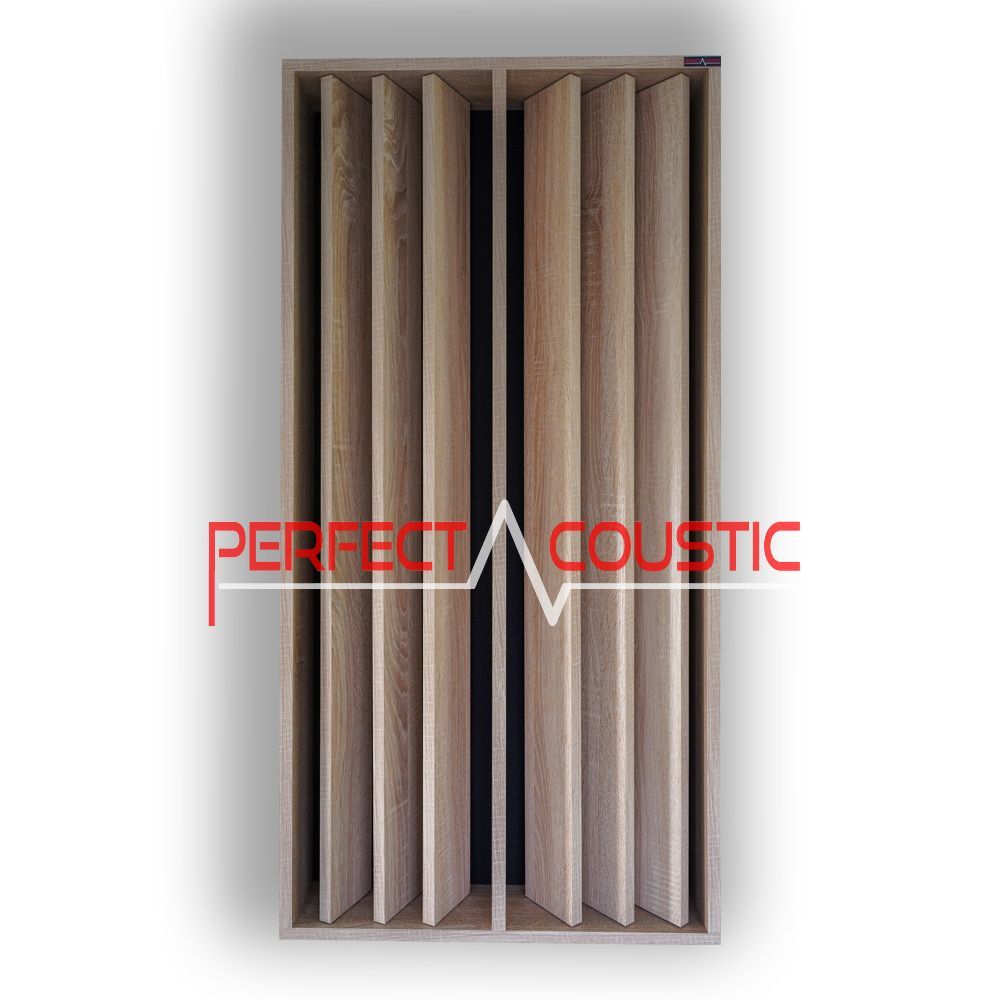

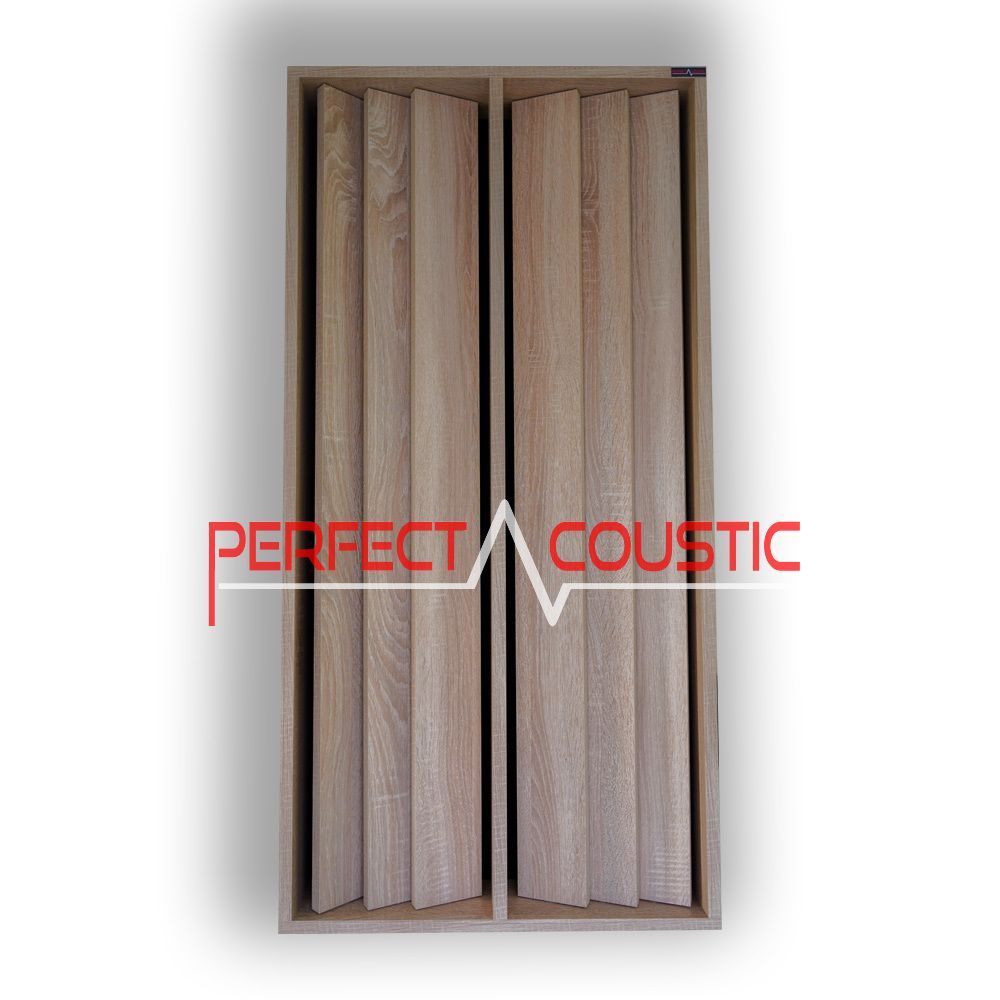
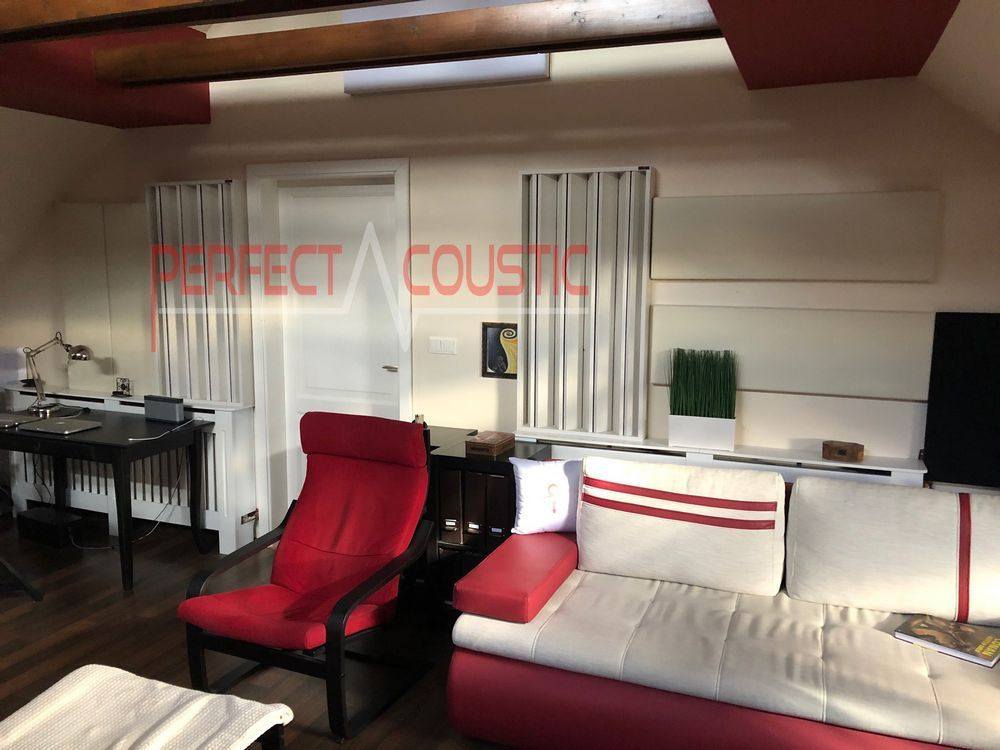
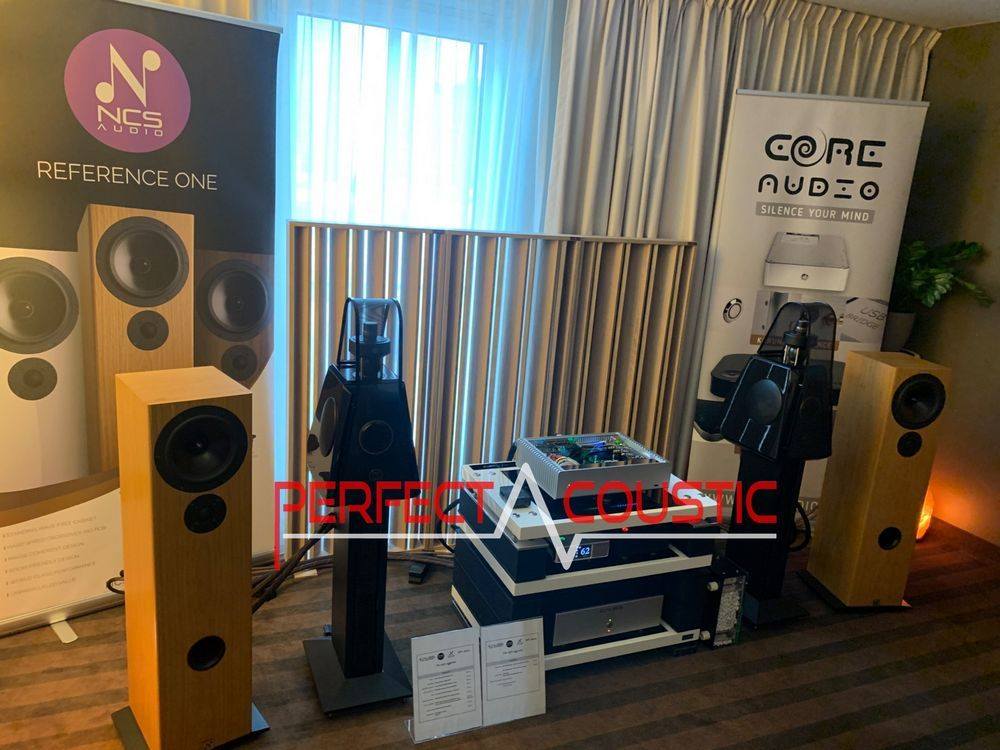
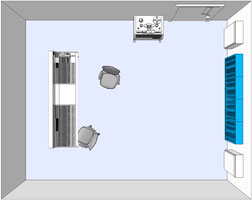
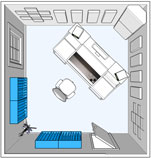
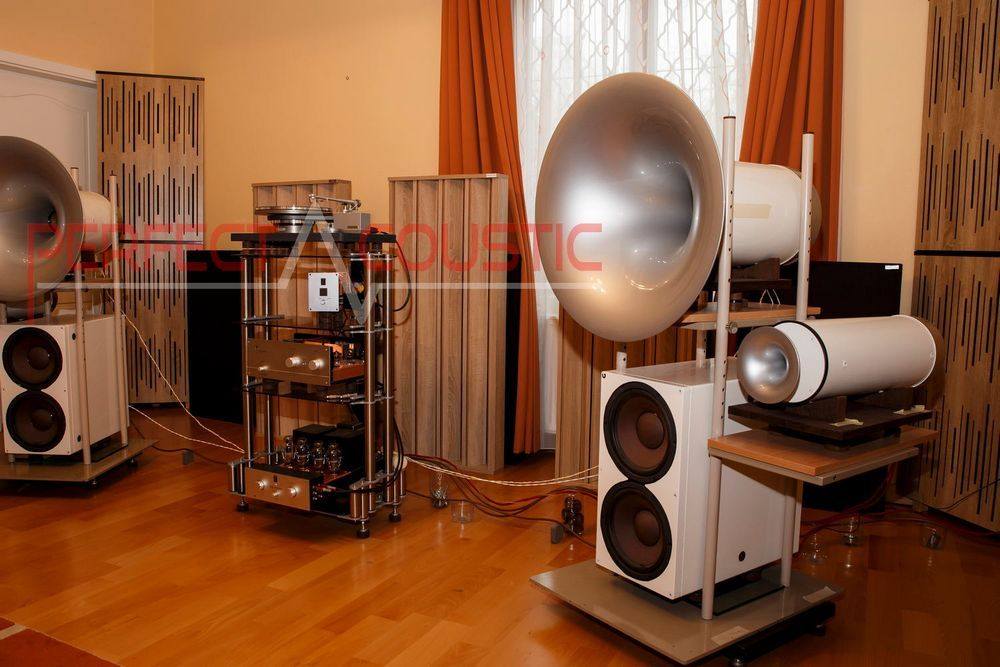
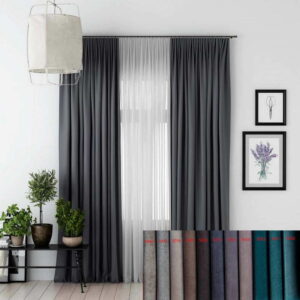

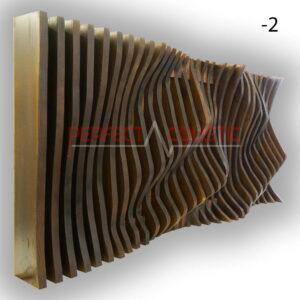
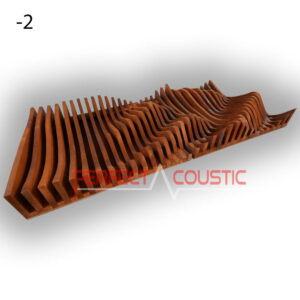
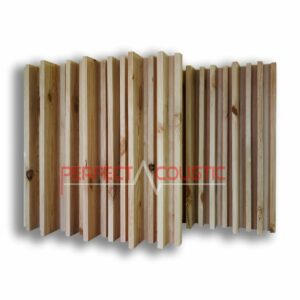
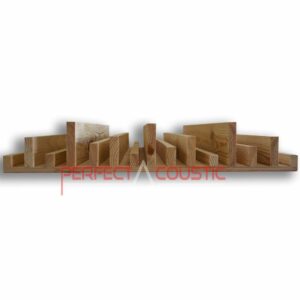
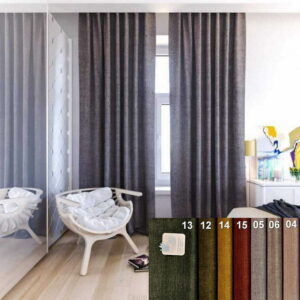
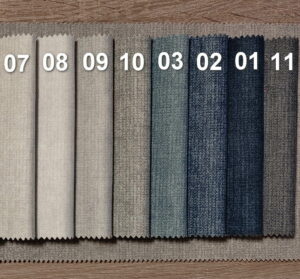

goliatxd –
Hello! High quality panels, handmade. Fast delivery, good raw materials. I’ll order in the future! Thank you Perfect Acoustic